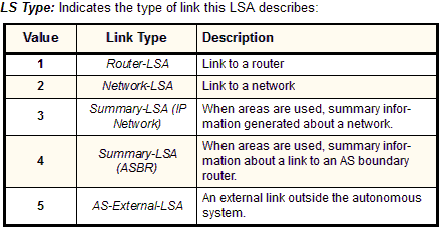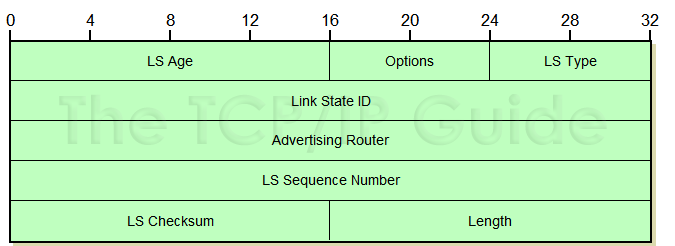 |
|
Please Whitelist This Site?
I know everyone hates ads. But please understand that I am providing premium content for free that takes hundreds of hours of time to research and write. I don't want to go to a pay-only model like some sites, but when more and more people block ads, I end up working for free. And I have a family to support, just like you. :)
If you like The TCP/IP Guide, please consider the download version. It's priced very economically and you can read all of it in a convenient format without ads.
If you want to use this site for free, I'd be grateful if you could add the site to the whitelist for Adblock. To do so, just open the Adblock menu and select "Disable on tcpipguide.com". Or go to the Tools menu and select "Adblock Plus Preferences...". Then click "Add Filter..." at the bottom, and add this string: "@@||tcpipguide.com^$document". Then just click OK.
Thanks for your understanding!
Sincerely, Charles Kozierok
Author and Publisher, The TCP/IP Guide
|
|
|

Custom Search
|
|
OSPF Message Formats
(Page 7 of 7)
Link State Advertisements (LSAs) and the LSA Header Format
As we saw above, several of the message types include link state advertisements (LSAs), which are the fields that actually carry topological information about the LSDB. There are several types of LSAs, which are used to convey information about different types of links. Like the OSPF messages themselves, each LSA has a common header with 20 bytes, and then a number of additional fields that describe the link.
The LSA header contains sufficient information to identify the link. It uses the subfield structure in Table 132 and Figure 190.
Subfield Name |
Size (bytes) |
Description |
LS Age |
2 |
LS Age: The number of seconds elapsed since the LSA was created. |
Options |
1 |
Options: Indicates which of several optional OSPF capabilities the router supports. |
LS Type |
1 |

|
Link State ID |
4 |
Link State ID: Identifies the link. This usually is the IP address of either the router or the network the link represents. |
Advertising Router |
4 |
Advertising Router: The ID of the router originating the LSA. |
LS Sequence Number |
4 |
LS Sequence Number: A sequence number used to detect old or duplicate LSAs. |
LS Checksum |
2 |
LS Checksum: A checksum of the LSA, for data corruption protection. |
Length |
2 |
Length: The length of the LSA, including the 20 bytes of the header. |
|
Following the LSA header comes the body of the LSA, the specific fields of which depend on the value of the LS Type field. It would take several more pages to describe all these subfields, and I already probably went overboard in describing each message type, so I will refer you to Appendix A of RFC 2328 if you want all the details. By way of quick summary:
- For normal links to a router, the LSA includes
an identification of the router and the metric to reach it, as well
as details about the router such as whether it is a boundary or area
border router.
- LSAs for networks include a subnet mask and information
about other routers on the network.
- Summary LSAs include a metric and a summarized
address, as well as a subnet mask.
- External LSAs include a number of additional fields to allow the external router to be communicated.

|
| |||||||||||||||||||
Home - Table Of Contents - Contact Us
The TCP/IP Guide (http://www.TCPIPGuide.com)
Version 3.0 - Version Date: September 20, 2005
© Copyright 2001-2005 Charles M. Kozierok. All Rights Reserved.
Not responsible for any loss resulting from the use of this site.







